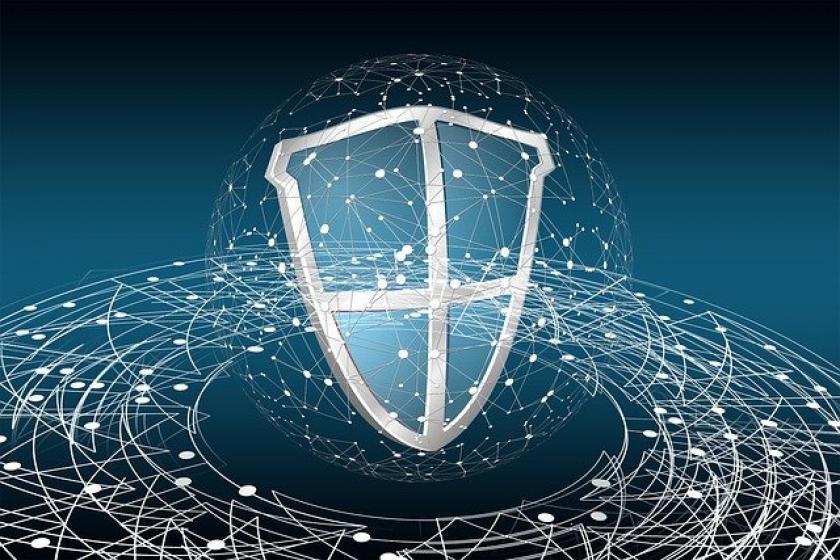
Trends like digital transformation, work from anywhere (WFA), and the use of personal devices for work – all accelerated by the pandemic – are reshaping how businesses approach their network infrastructures. One of the top considerations is how to protect people, information, and devices against surging and ever-evolving cybersecurity threats in this new hybrid, highly distributed world.



